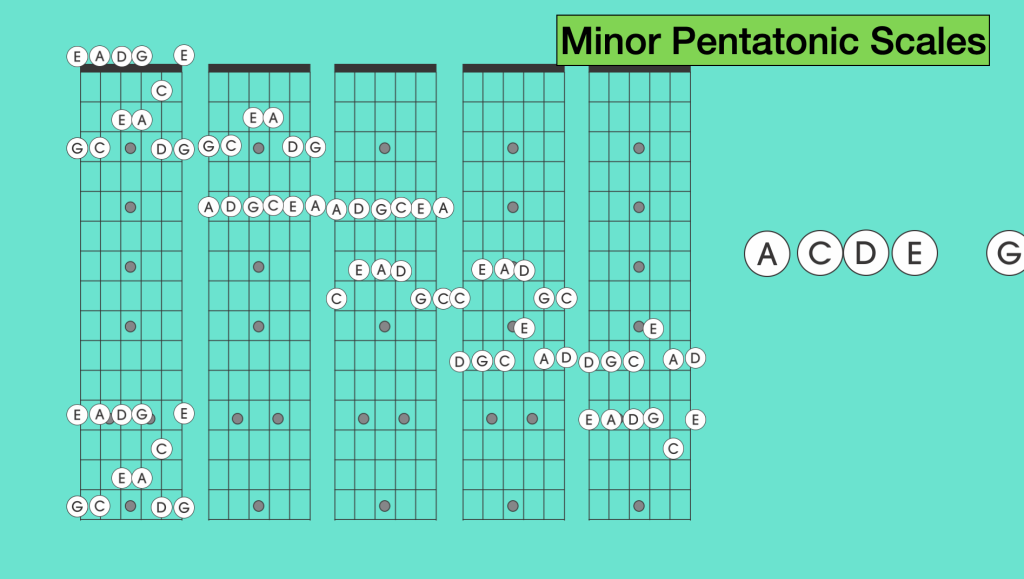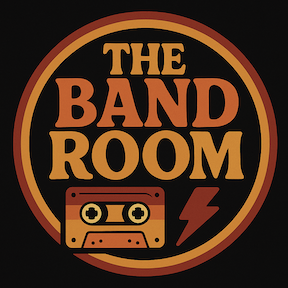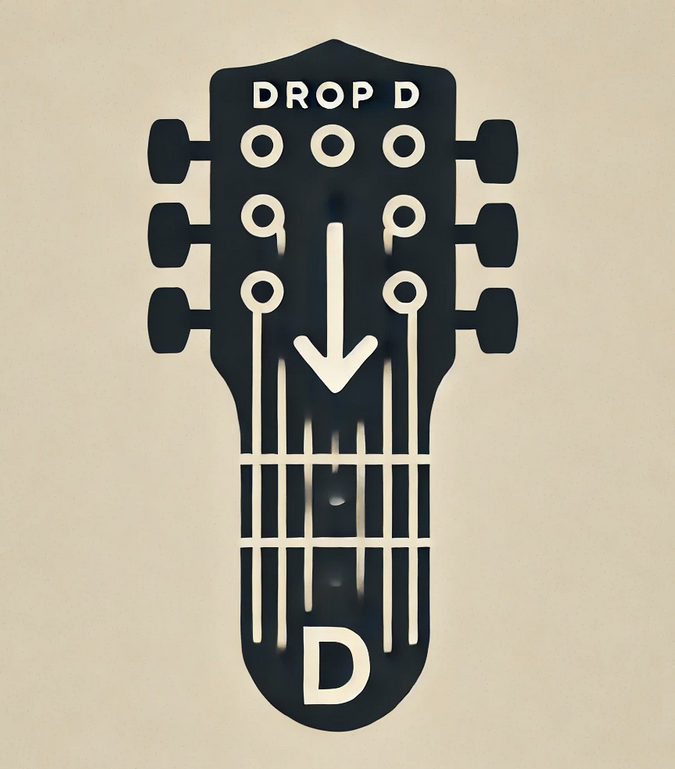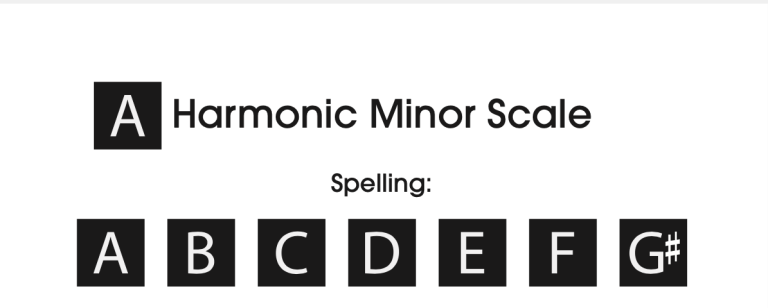Minor Pentatonic Scales
Minor Pentatonic Scales: Unlocking the Key to Rock, Blues, Jazz, and Pop Music
When it comes to music, there are a few scales that are so iconic and versatile that they become essential tools for musicians of all levels. One of those scales is the minor pentatonic scale. This five-note system of intervals has become synonymous with rock, blues, jazz, and pop music and is used extensively in solos, riffs, and melodies. In this article, we will explore the minor pentatonic scale in detail and why it is such a crucial element of music.
What is the Minor Pentatonic Scale?
The minor pentatonic scale is a derivative of the natural minor scale, which is a seven-note system. By removing the 2nd and 6th scale degrees, we end up with the minor pentatonic scale. The formula for the minor pentatonic scale is as follows: 1, b3, 4, 5, b7. In simpler terms, the scale consists of the root note, a minor third, a perfect fourth, a perfect fifth, and a minor seventh.

The beauty of the minor pentatonic scale lies in its simplicity. The scale is easy to remember and can be played in multiple positions on the guitar fretboard. This versatility makes it an ideal scale for beginners to learn, but also a scale that can be taken to advanced levels with ease.
Why is the Minor Pentatonic Scale so Important?
The minor pentatonic scale is one of the most widely used scales in music. It is used extensively in rock, blues, jazz, and pop styles, and is the foundation for many famous guitar riffs and solos. It has a unique sound that can add moodiness, intensity, and tension to a musical composition. This sound is achieved by the interval pattern of the scale, which creates a distinct minor tonality.
The minor pentatonic scale is also an excellent tool for improvisation. Its simple and versatile nature makes it easy to use over a wide range of chords and progressions. Many musicians use the scale as a starting point for improvisation, building their solos around the scale and its variations.
How to Use the Minor Pentatonic Scale
The minor pentatonic scale can be used in a variety of ways in music. Here are some of the most common:
- Solos and improvisation: The scale is a foundation for many guitar solos and is an excellent tool for improvisation. Using the scale’s positions on the fretboard, musicians can create melodic and expressive solos that fit perfectly with the tonality of the music.
- Riffs and melodies: The scale is also used to create catchy guitar riffs and memorable melodies. Its simple interval pattern makes it easy to create memorable hooks that stick in the listener’s mind.
- Songwriting: The minor pentatonic scale can also be used in songwriting to create chord progressions, harmonies, and melodic lines. By using the scale’s intervals and tonality, musicians can create powerful and emotional songs that resonate with their audience.
Conclusion
The minor pentatonic scale is a crucial element of music that has been used extensively in rock, blues, jazz, and pop styles. Its simplicity, versatility, and unique sound make it an essential tool for beginners and advanced musicians alike. By mastering the minor pentatonic scale, musicians can unlock the key to creating expressive and emotional music that resonates with their audience. So whether you’re a beginner or an experienced musician, take some time to explore the minor pentatonic scale and discover the power of this iconic musical tool.






